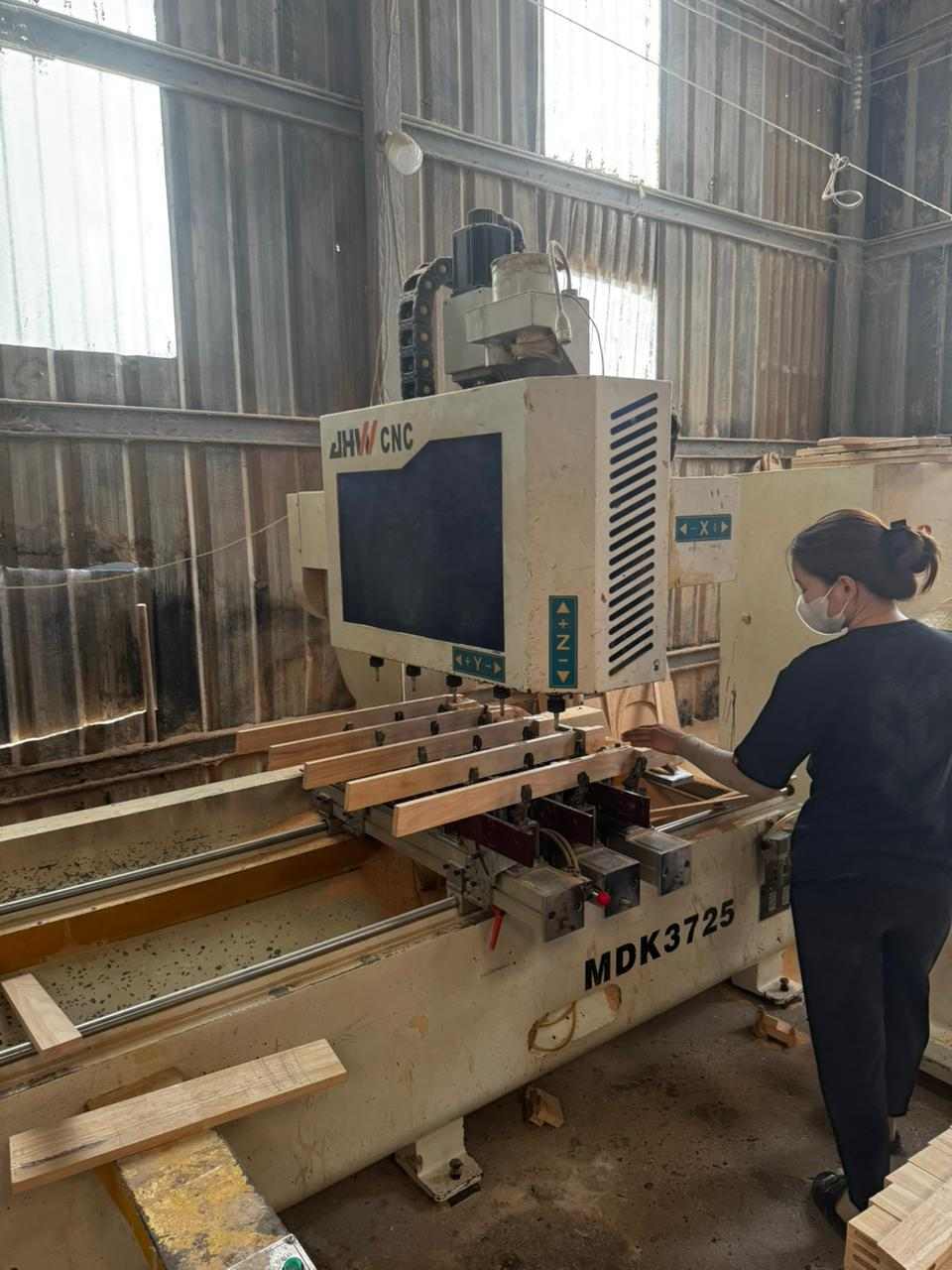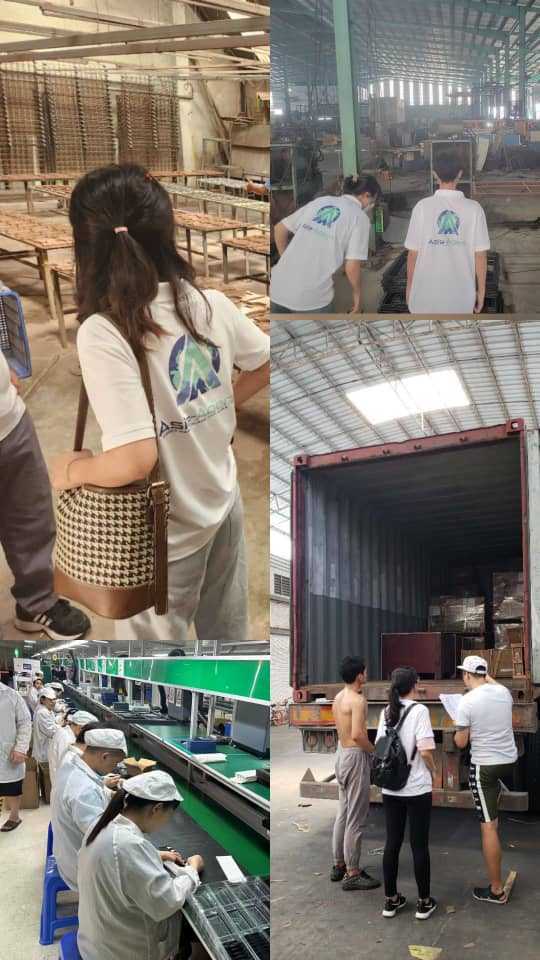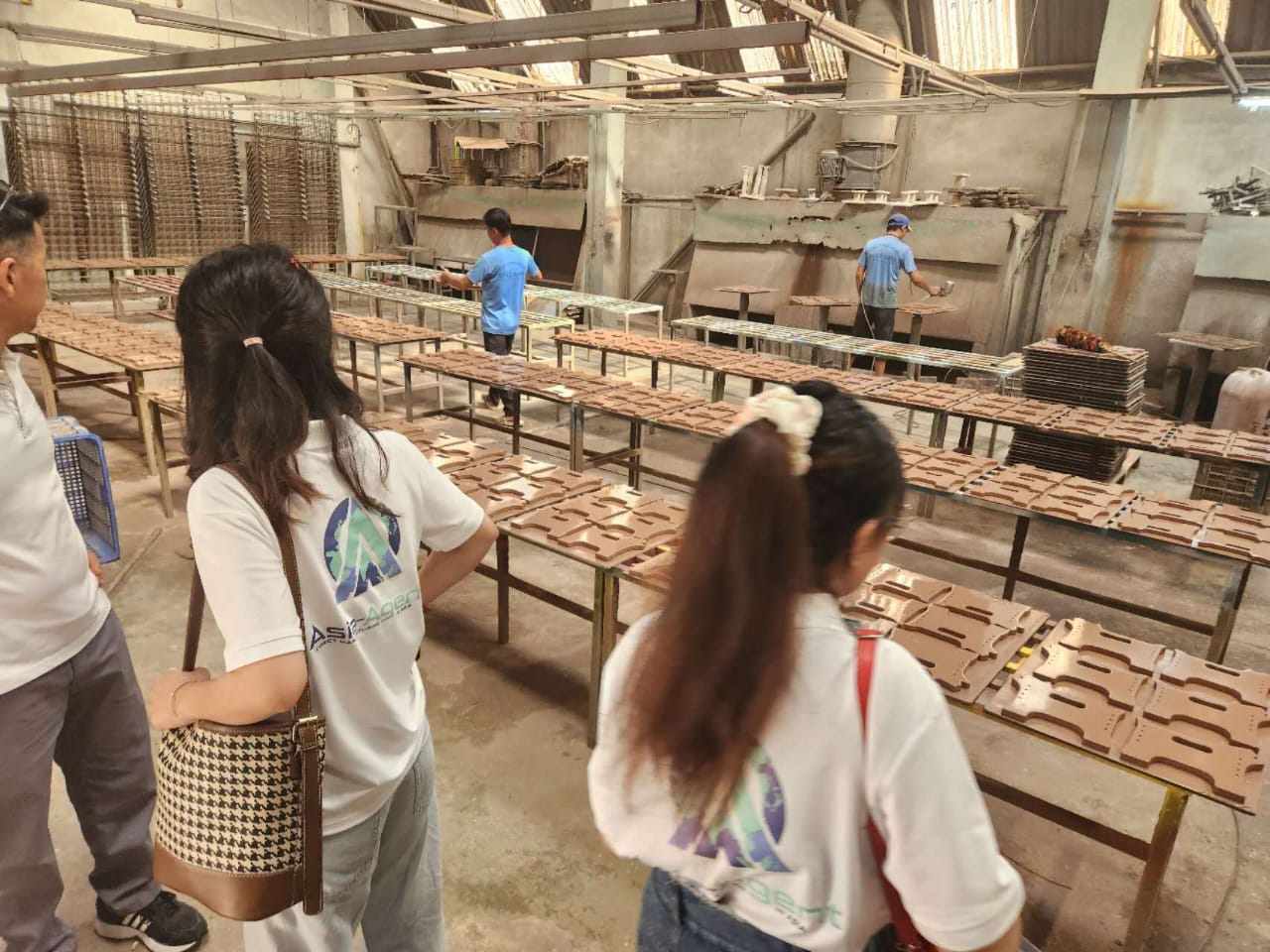July 8 Is the Deadline. You Just Don’t Know It Yet.
While everyone waits for November, tariffs are quietly lining up to hit your margins next week.
Let’s get one thing straight:
The election won’t save you.
And for most brands, neither will Vietnam.
Because right now, U.S. trade negotiators are in quiet talks across Southeast Asia—and if countries like Vietnam, Thailand, and Indonesia don’t close deals by July 8, the tariffs start flying.
- 36% on Thailand
- Up to 46% on Vietnam
- And full-blown inspections for anyone suspected of using Chinese parts in disguise
The problem isn’t just where you make your products.
It’s where your value comes from.
And whether your supply chain can legally stand up to a customs audit.
The Real War Isn’t Political—It’s Procedural
Behind closed doors, Washington is telling Southeast Asia:
“We want trade deals. But only if you reduce Chinese input, cut trans-shipments, and show real local transformation.”
In plain English:
If your goods are just Chinese products wearing Vietnamese coats, you're done.
And don’t think a shipping label will save you. The tariff isn’t about where it ships from. It’s about where it becomes what it is.
What This Means for You—Right Now
If you're importing:
- Electronics from Vietnam
- Plastic or aluminum parts from Thailand
- Furniture kits or packaging bundles from Indonesia
You're on the list.
Even if your factory says you're “safe.”
Because here’s what we’re seeing on the ground:
❌ Labels sourced from Yiwu
❌ Molds shipped in from Guangdong
❌ Box hardware handled in Shenzhen
✅ Assembled in Vietnam… and still flagged by U.S. customs
Why?
Because the transformation step didn’t change the classification.
And customs caught it.
The July 8 Trigger
This is the date when U.S. trade talks either lock in preferential treatment… or trigger automatic tariff hikes.
It’s not being announced on CNBC.
But every importer relying on Vietnam should be treating this as a strike deadline.
So What’s the Fix?
Here’s what smart brands are doing—this week:
✅ 1. Full BOM Exposure Audit
Know what’s Chinese. Not just the main components—every screw, hinge, and plastic piece.
✅ 2. Real COO Analysis
Don’t assume the transformation step is legal. We assess if it changes classification, value, or use. If not, it doesn’t count.
✅ 3. Start Shifting Value-Add Steps
You don’t need to move everything. Just the operations that determine origin.
Examples:
- Injection molding to Thailand
- Final wiring to the Philippines
- Kit assembly to Bangladesh
✅ 4. Sign Contracts Locally
It’s not just about where the work is done—it’s about having proof. That means local contracts, photo evidence, and process documents.
Where You Can Still Move—Quickly
- Bangladesh – For bundling, light assembly, promotional kits
- India – For hardware, aluminum, low-cost fabrication
- Philippines – For wiring harnesses, electronics, and BPO-integrated kitting
- Indonesia – For packaging and lower-risk, non-technical builds
- Thailand – For clean molding operations, tooling, food-grade production
Each hub solves a piece of the puzzle. We help you pick the right one based on what step you need to relocate.
Asia Agent: What We’re Doing Right Now
For our clients, we’ve already:
- Mapped their full BOMs by cost + legal risk
- Simulated customs classifications by country
- Set up contracts and QC teams in new hubs
- Generated proof of transformation for customs audit packages
- Scheduled contingency production in India and Bangladesh for Q3
This isn’t a sourcing service.
It’s an insurance policy—and a trade strategy.
Final Word: You’re Not Late—Yet
If you’re reading this before July 8, you still have time.
You don’t need to move your whole supply chain.
But you do need to move the parts that matter—legally, visibly, and fast.
Let other brands gamble on November.
You’ll already be shipping with a clean COO.




